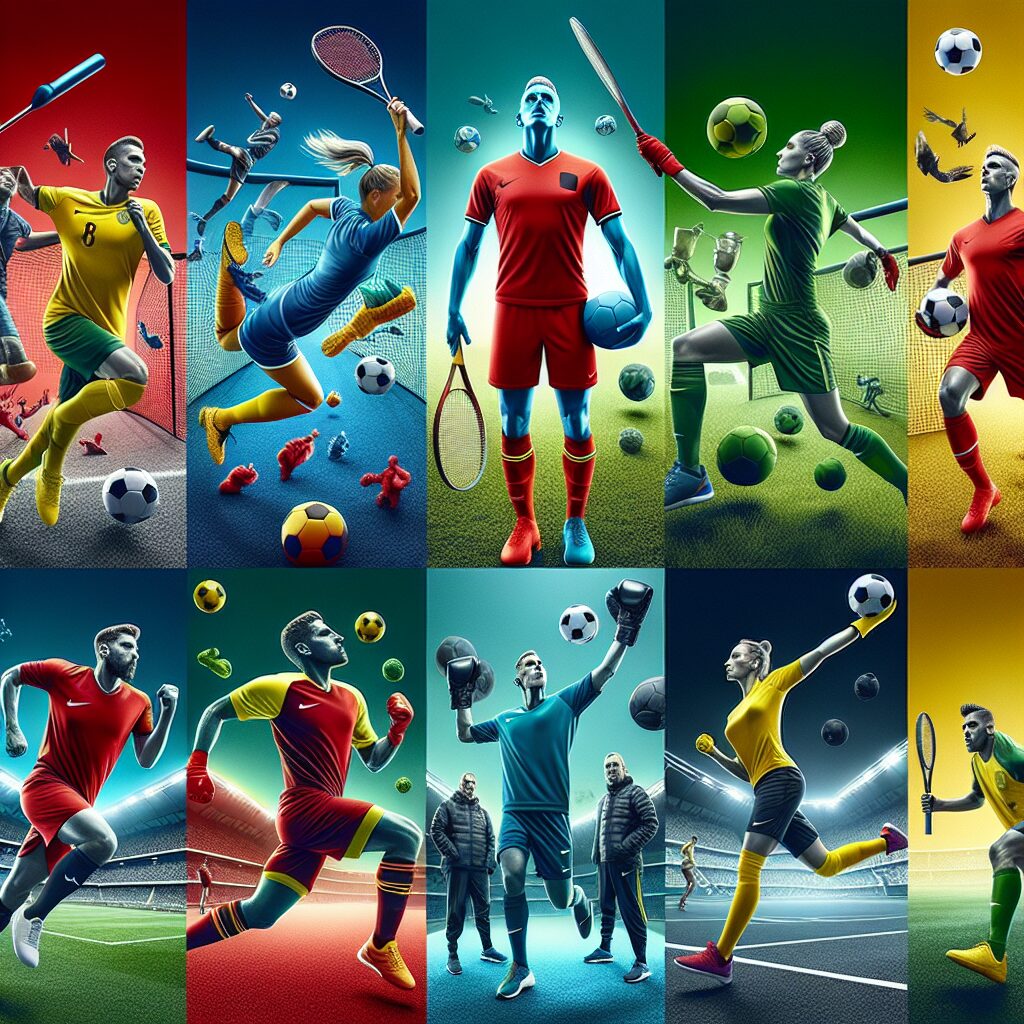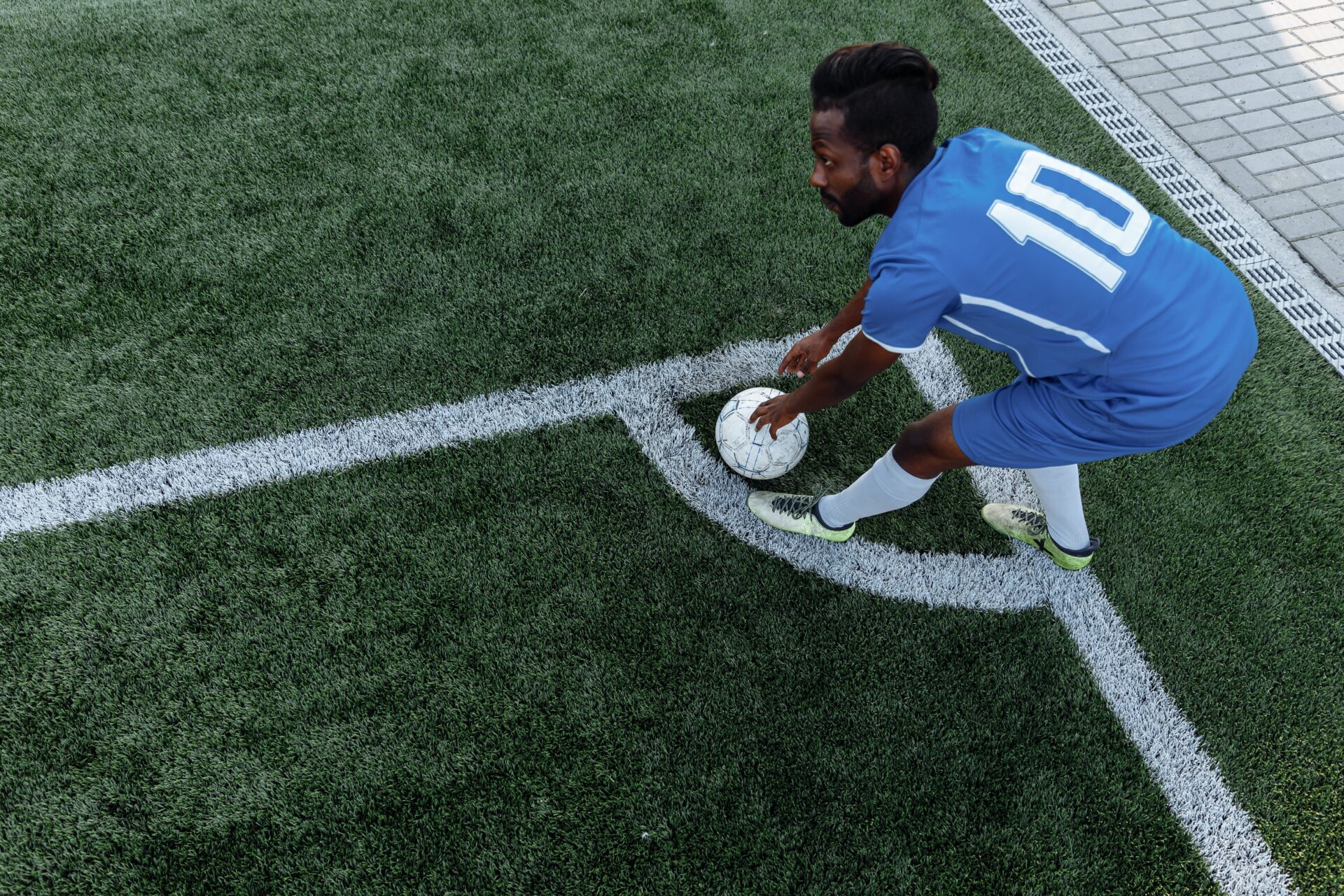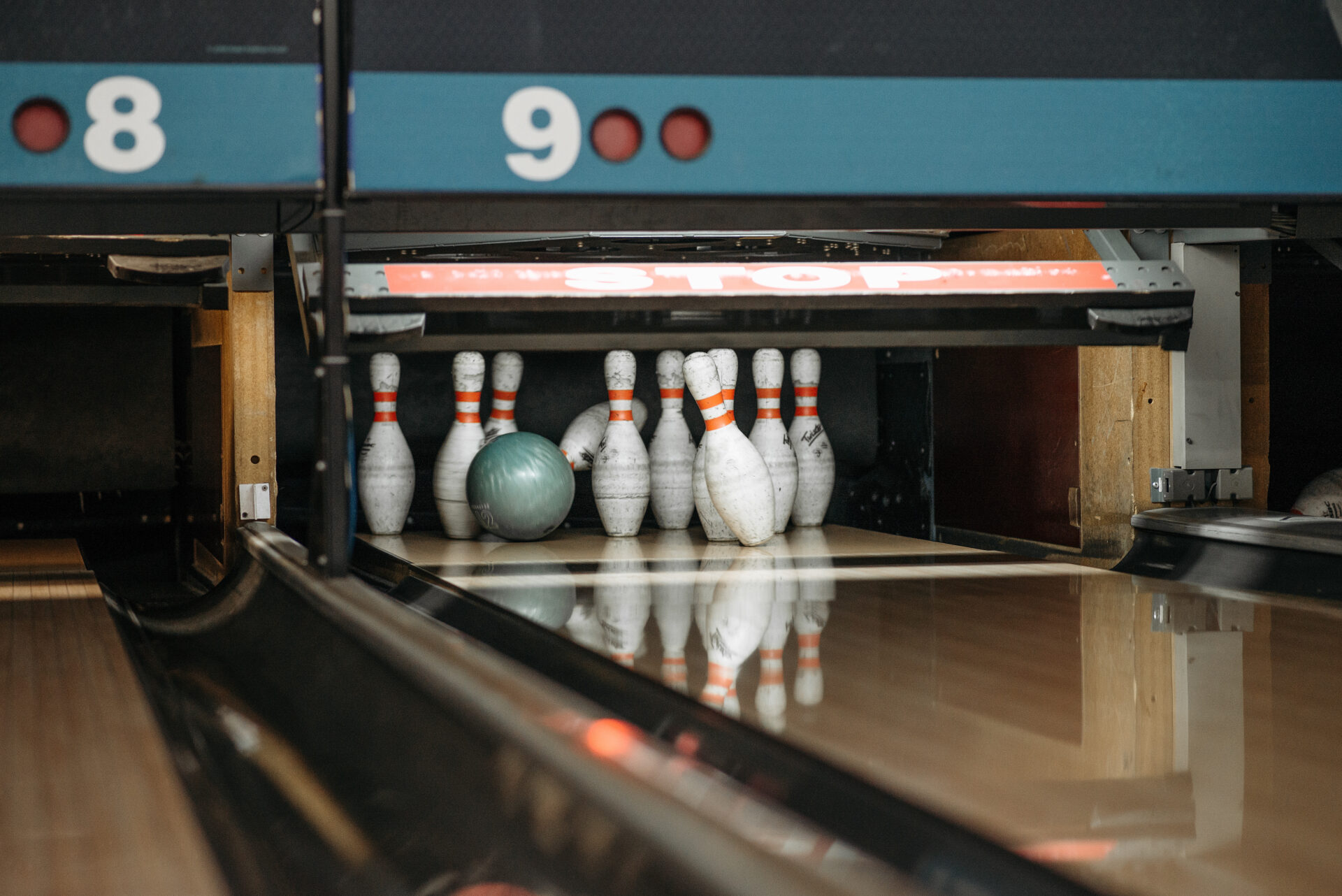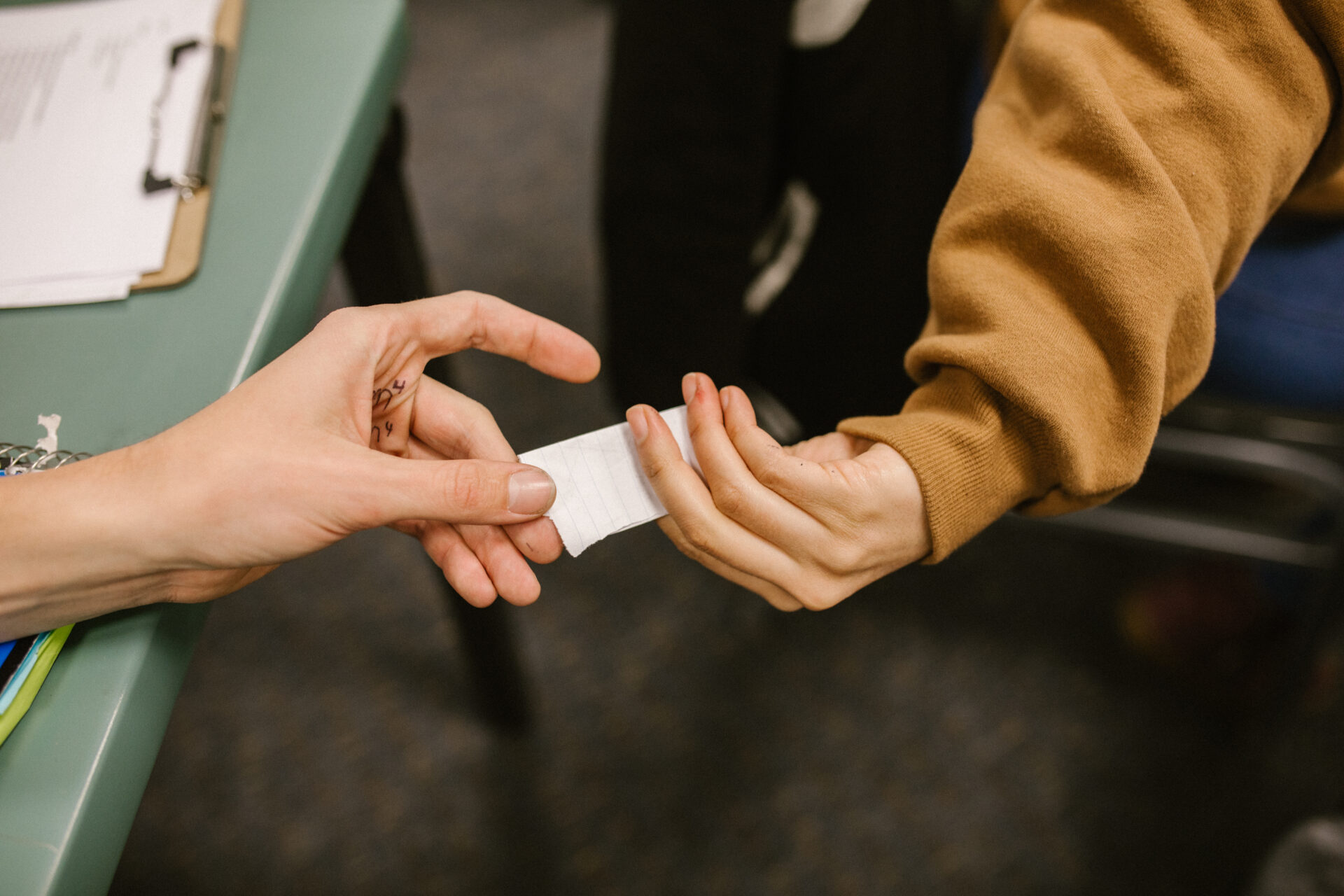Color Psychology in Sports: Winning with Hues
In the world of sports, every little advantage matters. From intense mental preparation to cutting-edge training techniques, athletes strive to gain any edge possible over their opponents. But what if there was a secret weapon right in front of us, hidden in plain sight? Welcome to the fascinating realm of color psychology in sports, where the power of hues can influence performance and even dictate the outcome of a match.
Believe it or not, colors have the ability to evoke certain emotions, trigger specific responses, and impact our behavior. This phenomenon, known as color psychology, has been extensively studied and harnessed to unlock unparalleled potential in sports. For example, studies have shown that red, often associated with power and aggression, can increase an athlete’s heart rate and spur them into action. On the other hand, blue, synonymous with calmness and tranquility, can have a soothing effect on both the mind and body, allowing athletes to remain composed under pressure.
In the next section of this article, we will delve deeper into the key takeaways of color psychology in sports. We will explore the impact of different colors on athletes and discuss how the strategic use of hues can enhance performance and create a winning edge. So, let us unlock the secrets of this fascinating phenomenon and discover how the science of colors can be harnessed to unlock excellence in the world of sports.
Key Takeaways
1. Colors have a significant impact on athletes’ performance and psychological state, influencing motivation, focus, and aggression levels. Red has been found to increase heart rate and spark excitement, while blue promotes a calming effect and enhances creativity. Understanding these color effects can help optimize sports uniforms, facilities, and equipment to enhance athletes’ performance.
2. The color of opponents’ uniforms can affect athletes’ psychological state and performance. Studies reveal that teams wearing black uniforms are perceived as more aggressive and become more dominant in competitions. This phenomenon, known as the “black uniform advantage,” can create a psychological edge and boost confidence among players.
3. Color psychology can be harnessed in sports marketing to influence consumer behavior. Brands and teams strategically select colors in their logos, advertisements, and merchandise to elicit specific emotions and associations. Warm colors such as red and yellow can evoke feelings of energy and excitement, while cooler hues like blue and green create a sense of trust and reliability.
4. The background color of sports venues can impact athletes and spectators. For example, a red background at an athletic event can enhance athletes’ performances as it is associated with increased energy levels and dominance. Similarly, a blue backdrop may promote a calm and relaxed atmosphere, allowing spectators to enjoy the game without unnecessary distractions.
5. Cultural and personal experiences also influence individual color preferences and responses. While some colors may generally evoke similar psychological effects across different cultures, others may hold distinct meanings. Personal experiences and associations can further impact an individual’s response to certain colors. Therefore, considering cultural and personal factors is crucial when applying color psychology in sports to ensure maximum effectiveness.
What is the impact of color psychology in sports?
Color Psychology in Sports: Winning with Hues
The Influence of Colors on Sports Performance
When it comes to sports, colors play a significant role in influencing athlete performance. The psychology of color suggests that different hues can evoke specific emotions and behaviors. Understanding this connection allows teams and athletes to strategically use colors to their advantage.
The Energizing Effect of Warm Colors
Warm colors such as red, orange, and yellow are known for their energizing effects. These vibrant hues can increase adrenaline levels and boost enthusiasm, making them ideal for high-intensity sports. Red, in particular, is often associated with power and dominance, which can intimidate opponents and enhance performance.
The Calming Influence of Cool Colors
On the other hand, cool colors like blue and green have a calming effect. These serene hues promote relaxation, focus, and concentration, making them suitable for sports that require precision and accuracy. Blue, often associated with trust and stability, can also instill a sense of confidence in athletes.
Emotional Responses to Color
Colors evoke emotional responses that can impact athletes’ mindset and performance. For example, yellow is known to enhance optimism and positivity, while purple can stimulate creativity and imagination. It is essential for teams and athletes to consider the desired emotional state when selecting colors for their uniforms, sports equipment, and even playing arenas.
Cultural and Personal Associations
Colors can also hold cultural and personal associations that influence sports performance. For instance, certain colors may carry symbolic meanings or represent specific teams or countries. These associations can evoke a sense of pride and solidarity among athletes, boosting their motivation and performance.
The Important Role of Contrast
While individual colors have their psychological impact, the contrast between different hues is equally crucial. High contrast colors, such as black and white, can improve visual focus and make it easier for athletes to track moving objects. Utilizing contrasting colors in sports uniforms and equipment can enhance clarity and performance on the field.
Considerations for Color Selection
When choosing colors for sports-related elements, several factors should be taken into account. The target audience, the sport’s nature, the team’s brand, and the desired emotional impact should all be considered. Conducting thorough research and consulting with color psychology experts can help in making informed decisions.
Tips for Implementing Color Psychology in Sports: Winning with Hues
1. How can warm colors be strategically incorporated into sports uniforms to energize players?
2. What are the best applications of cool colors in sports settings to promote a calming and focused atmosphere?
3. How can emotional responses to colors be leveraged to create a positive and motivating sports environment?
4. In what ways can cultural and personal associations be considered while selecting colors for sports branding and representation?
5. How does contrast play a vital role in optimizing athletes’ visual focus and performance?
Remember, understanding color psychology in sports and its potential impact on athletes can provide a competitive edge by harnessing the psychological power of colors.
Frequently Asked Questions
Q1: What is color psychology in sports?
Color psychology in sports is the study of how different colors can affect an athlete’s performance, mindset, and emotions during sports activities. It explores the psychological impact of various hues on both the athletes and their opponents.
Q2: How can colors impact sports performance?
Colors have the power to evoke specific emotions and create a certain atmosphere. In sports, certain colors can boost energy levels, increase focus, enhance confidence, and even intimidate opponents. Understanding the psychological effects of colors can help athletes better utilize them to their advantage.
Q3: What are some common examples of colors used in sports to enhance performance?
There are several examples of colors used in sports to enhance performance. For instance, red is known to increase energy and intensity, making it suitable for teams looking to amp up their aggression. Blue is often associated with a calming effect, promoting focus and concentration. Yellow is believed to enhance positivity and optimism, which can be beneficial for athletes during competitions.
Q4: Can color psychology be used for team branding and uniforms?
Yes, color psychology is commonly employed in team branding and uniform design. Teams often choose colors that align with their desired image and goals. Bright and intense colors like red and orange can symbolize ferocity and aggression, while cooler tones like blue and green can convey a sense of stability and trust.
Q5: How does color psychology affect spectators and fans?
Color psychology can also influence spectators and fans. For example, teams wearing red uniforms are more likely to evoke a strong emotional response from the crowd, resulting in increased excitement and support. Additionally, the color of the sports venue itself can impact the overall atmosphere and spectator experience.
Q6: Are there any negative effects of colors in sports?
While colors can have positive effects on athletes, they can also have negative effects if not used appropriately. Overexposure to certain intense colors like red or orange can lead to increased aggression and anxiety. Additionally, using colors that clash with the sport’s objectives or target audience can create confusion and distraction.
Q7: Is there scientific evidence supporting color psychology in sports?
Although color psychology in sports is not an exact science, several studies have shown a correlation between colors and psychological responses. While individual reactions may vary, understanding color symbolism and the impact of different hues can provide insights into athletes’ behaviors and emotions.
Q8: Can color psychology be applied to individual athletes?
Yes, color psychology can be applied to individual athletes as well. Athletes can use specific colors to enhance their personal performance and mindset. For example, an athlete may wear a specific color in training or incorporate it into their visualization techniques to evoke desired emotions or mental states.
Q9: How can coaches or trainers incorporate color psychology into their training methods?
Coaches and trainers can incorporate color psychology into their training methods by creating the appropriate environment. They can use specific colors for training equipment, field markers, and even the gym walls to influence athletes’ mental and emotional states. Additionally, coaches can educate athletes on the potential psychological effects of different colors to optimize their training experiences.
Q10: Is color psychology a guaranteed method for success in sports?
While color psychology can play a role in enhancing sports performance, it should be considered as one factor among many others. Success in sports is a complex combination of physical training, strategic planning, teamwork, and mental fortitude. Color psychology complements these factors but should not be solely relied upon as a guaranteed method for success.
Final Thoughts
Color psychology in sports offers a fascinating perspective on how visual cues can influence athletes, fans, and even the overall outcome of a game. The power of colors to evoke emotions, energize players, and create a memorable atmosphere cannot be underestimated. By understanding and strategically utilizing color psychology in sports, athletes and teams can potentially gain a competitive edge.
However, it is essential to remember that color psychology is not a magic solution for achieving success in sports. It should be integrated as part of a holistic approach to training, strategy, and mental preparation. Each athlete and team is unique, and different colors may impact individuals differently. Experimentation, self-awareness, and adaptation are key to fully harnessing the potential of color psychology in the world of sports.




